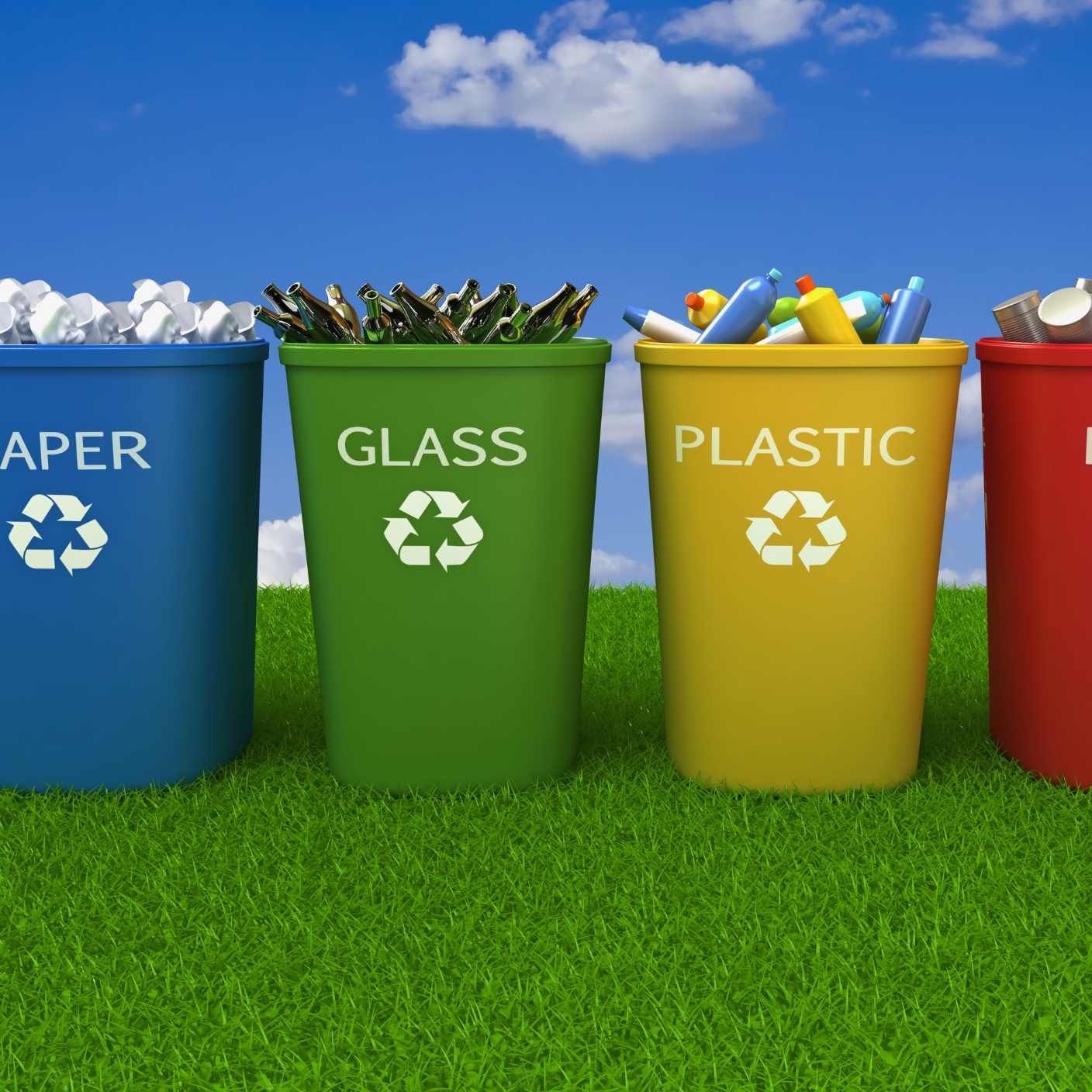Hey Eco-Warriors! đ±
Weâve all heard it: âRecycle! Itâs good for the planet!â But how many of us truly understand what happens to our recyclables after we toss them in the blue bin? Does recycling really make a difference? And are we recycling the right way?
Recycling is often touted as one of the simplest ways to reduce waste and help the environment, but thereâs a lot of confusion surrounding the process. Today, weâre going to take a deep dive into the world of recyclingâwhat works, what doesnât, and how you can make sure your efforts are actually helping the planet.
By the end of this post, youâll be a recycling pro, equipped with the knowledge to make your recycling practices more effective and impactful. Letâs get started!
Table of Contents
Toggle1. Not All Plastic Is Created Equal đïž
When you think of recycling, you probably think of plastic bottles, but did you know that not all plastics can be recycled? Plastics are categorized into seven types, and while some can be recycled, others are much harder to process.
- PET (Polyethylene Terephthalate): Commonly found in soft drink bottles and food containers, PET is one of the most widely recycled plastics.
- HDPE (High-Density Polyethylene): Found in items like milk jugs and detergent bottles, HDPE is another easily recyclable plastic.
- Other Plastics: Plastics labeled with numbers 3-7 (like PVC and polystyrene) are much more difficult to recycle and often end up in landfills.
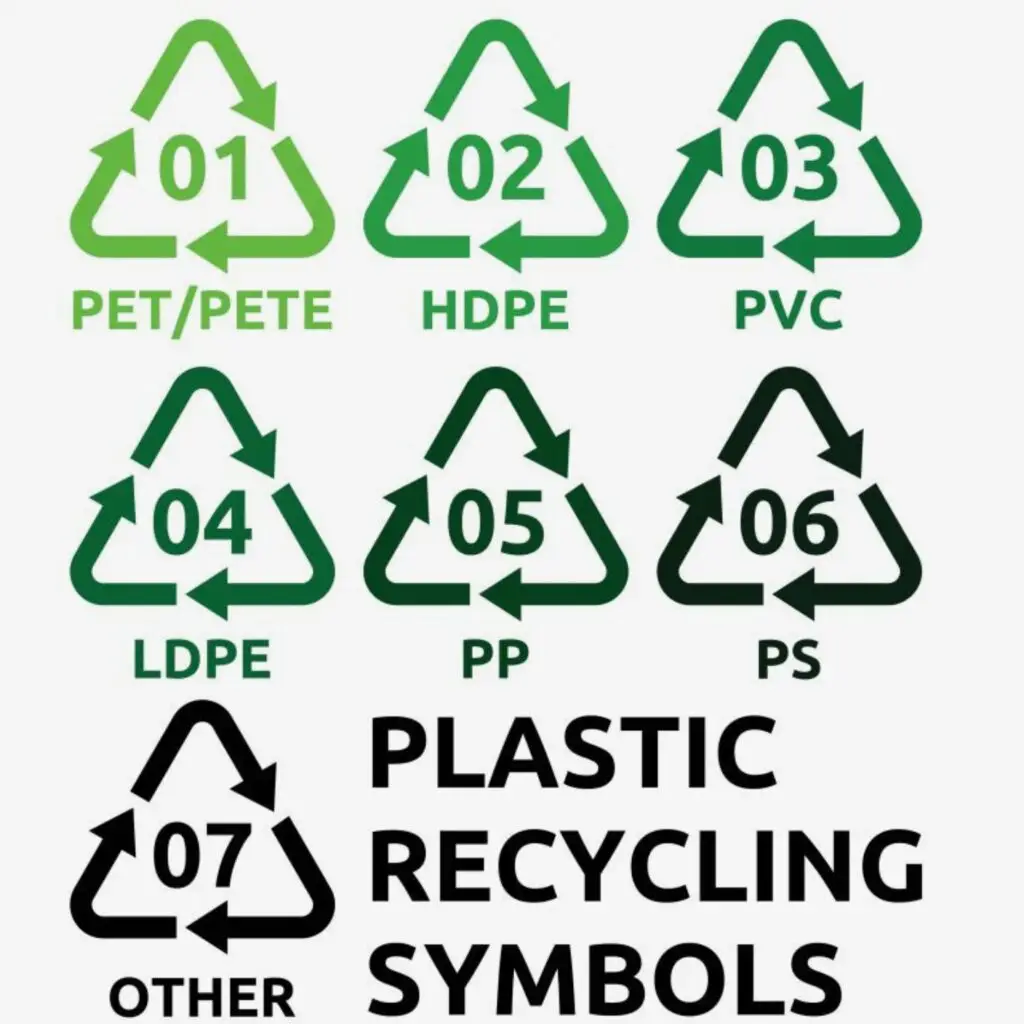
2. Recycling Contamination: What You Need to Know đ§Œ
One of the biggest problems in recycling is contaminationâwhen non-recyclable materials are mixed with recyclables. For example, food waste or plastic bags in your recycling bin can contaminate the entire load, making it impossible to recycle properly.
Hereâs how you can reduce contamination:
- Clean your recyclables: Rinse out food containers before placing them in the bin.
- Avoid plastic bags: Many recycling centers do not accept recyclables in plastic bags. Use a reusable bin or container instead.
- Know your local guidelines: Different regions have different recycling rules. Make sure youâre following the specific rules for your area to avoid contamination.
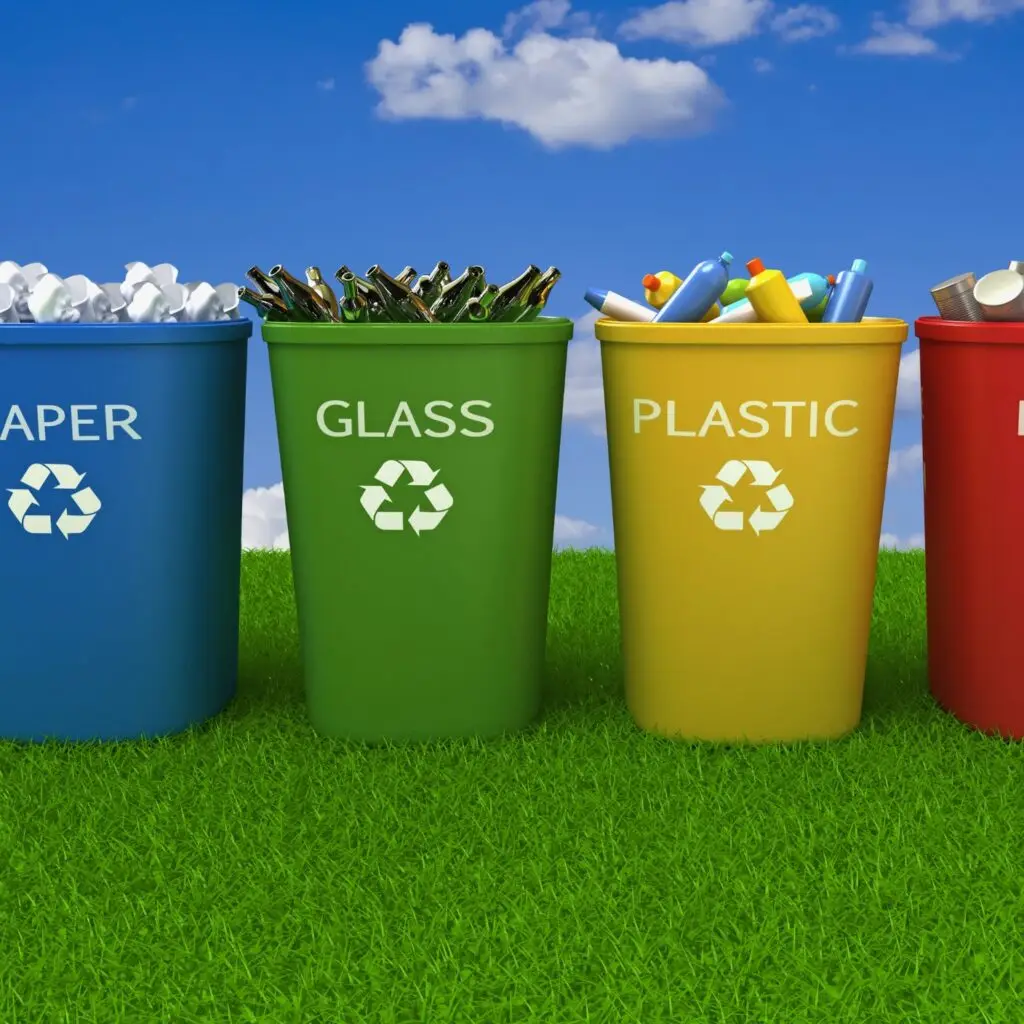
3. Paper Recycling: Not as Simple as It Seems đ
You might think paper is easy to recycleâafter all, itâs made from trees, right? But the reality is a bit more complicated. While paper is recyclable, it can only be recycled a certain number of times. Over time, the fibers break down, and the paper becomes unusable.
- Recycled Paper: Paper products made from recycled content are a great way to reduce waste and save trees.
- Paper Coated with Plastic: Items like juice cartons, takeout containers, and pizza boxes with food residue are not recyclable in standard paper streams.
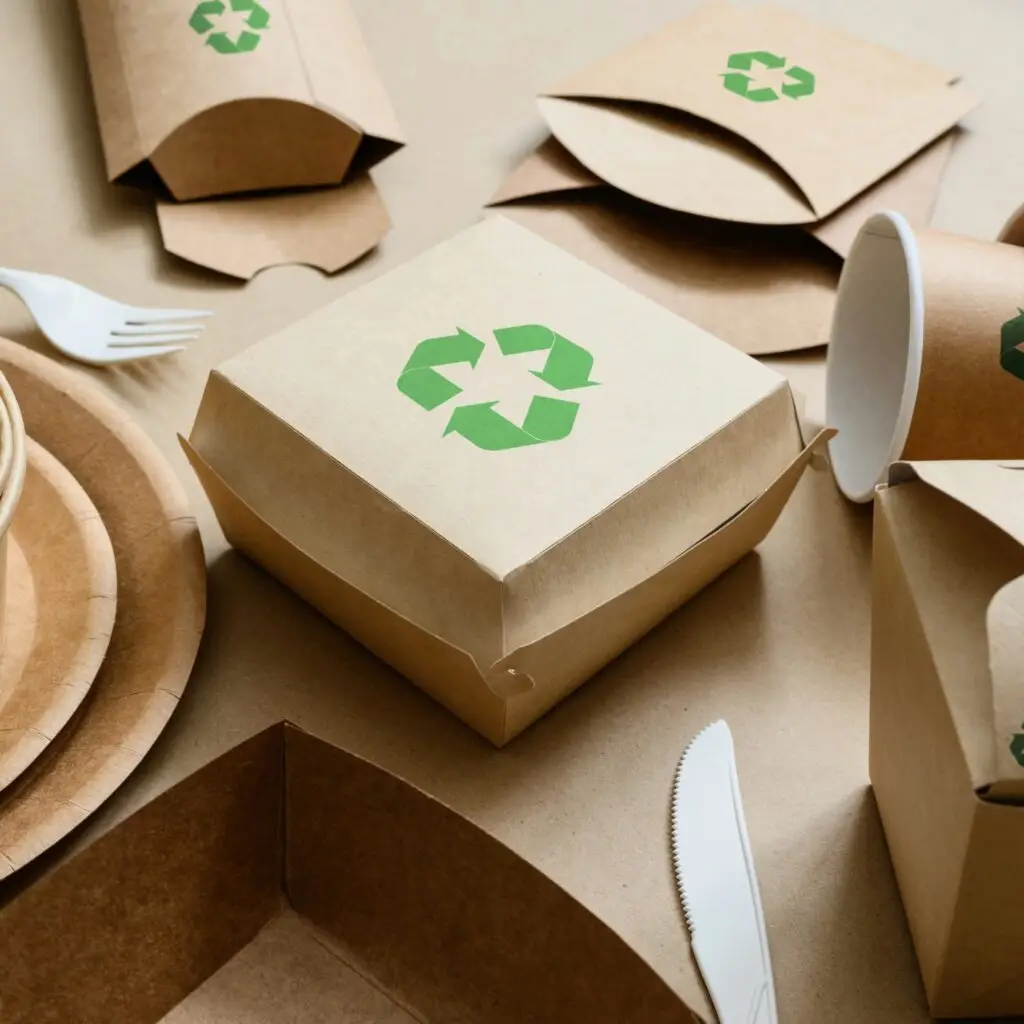
4. The Dirty Truth About E-Waste đ»âĄ
E-waste (electronic waste) is one of the fastest-growing waste categories in the world. From phones to laptops, old electronics often end up in landfills, where they can leak toxic chemicals into the environment.
The good news? E-waste is recyclableâbut it requires specialized facilities to properly process electronic components. Many e-waste items contain precious metals like gold and copper, which can be recovered and reused.
What you can do:
- Donate working electronics: If your device still works, donate it to someone who can use it.
- Use certified e-waste recycling centers: Look for e-waste drop-off locations or mail-in services in your area.
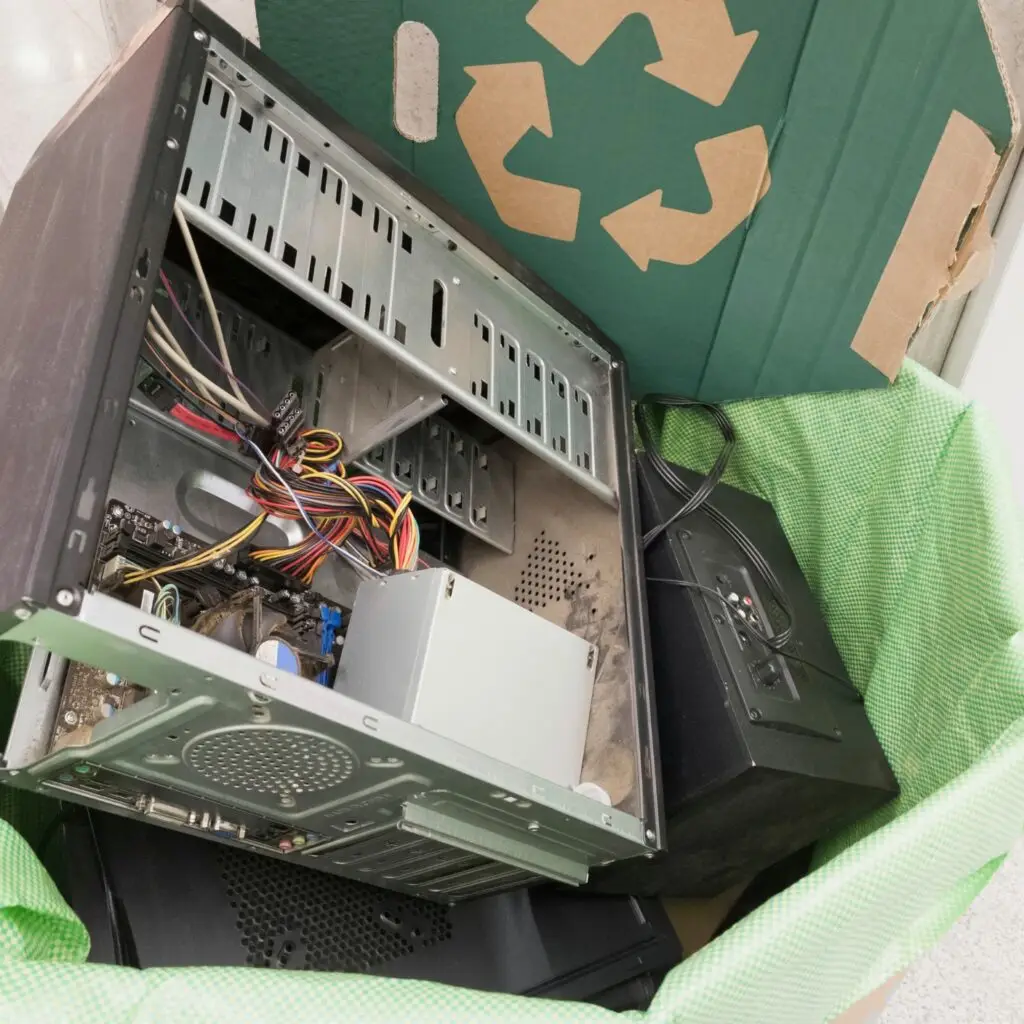
5. Composting: A Simple Way to Reduce Waste đ±
Did you know that food waste is one of the largest contributors to landfill mass? When food waste is sent to landfills, it decomposes without oxygen, producing methaneâa potent greenhouse gas. But you can help reduce this by composting organic waste.
Composting allows you to turn food scraps and yard waste into nutrient-rich soil that can be used in gardens. Even if you donât have a garden, composting helps divert waste from landfills and reduces your carbon footprint.
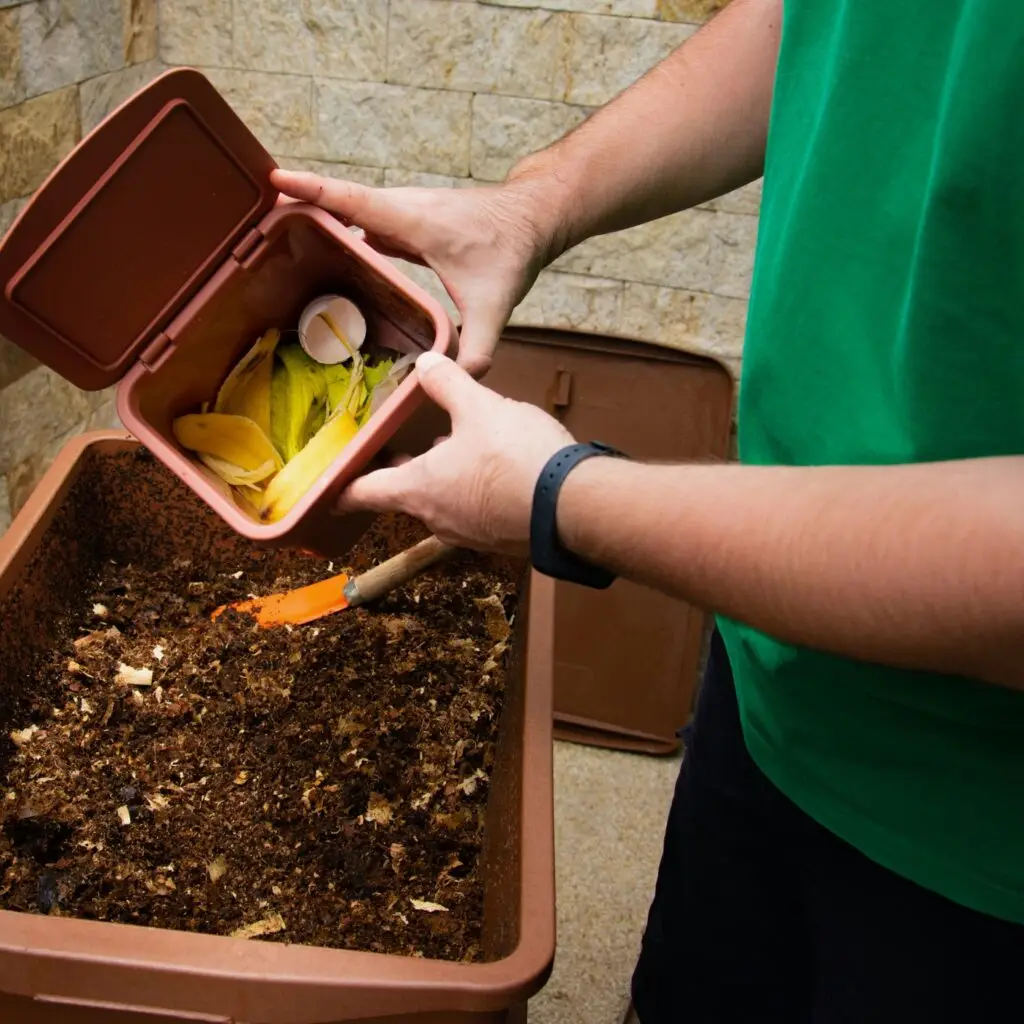
6. How to Find a Recycling Center Near You đșïž
If youâre not sure where to recycle certain items, you can find local recycling centers using resources like Earth911 or your local waste management website. These tools allow you to search for specific items, such as batteries or plastic bags, and find out where they can be recycled.
Some items might even have specialized recycling programs, like textiles, batteries, and light bulbs. Make sure you know whatâs accepted in your community.
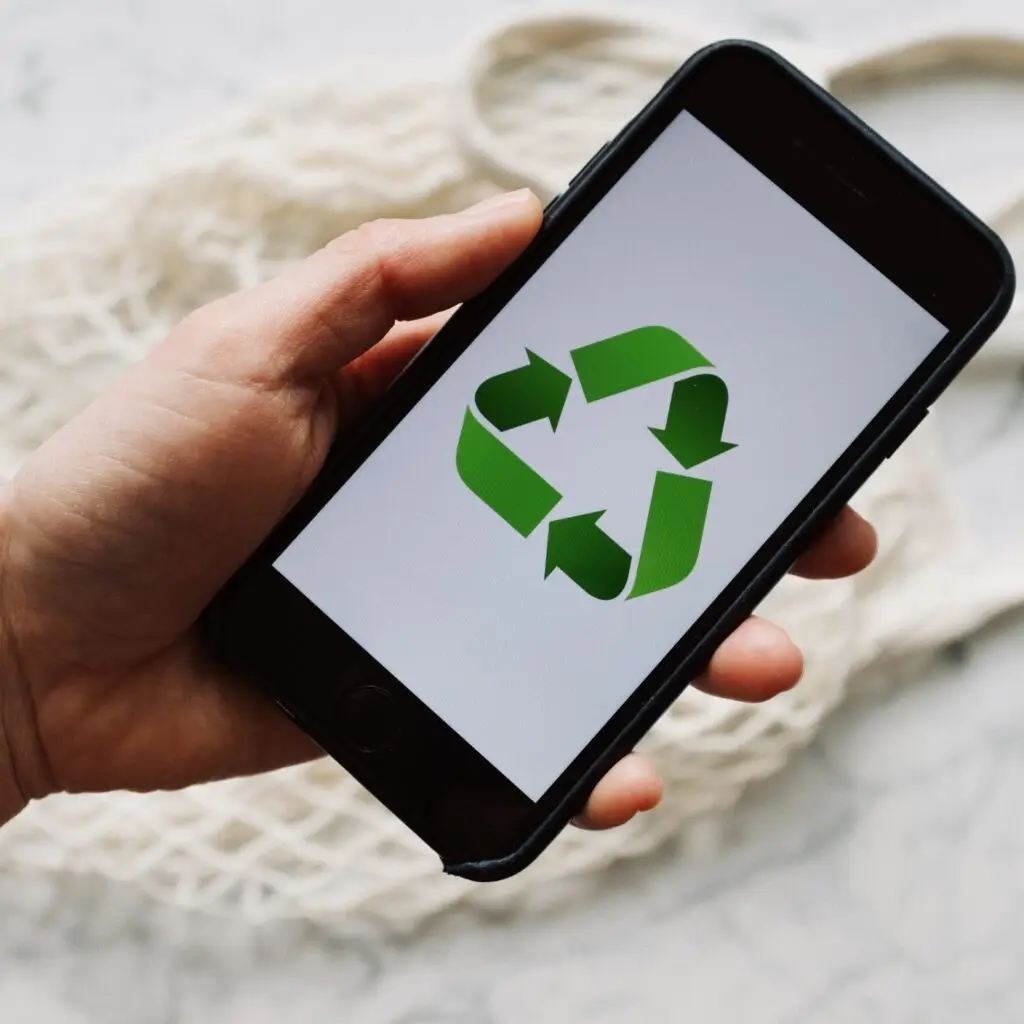
Letâs Make Recycling Count! đ
Recycling is an essential part of creating a more sustainable world, but itâs only effective if done correctly. By understanding what can and canât be recycled, reducing contamination, and taking special care with e-waste and food scraps, you can make a real difference in the health of our planet.
Together, we can work towards a cleaner, greener futureâone recyclable item at a time!
How Do You Recycle? â»ïž
What are your best tips for recycling effectively? Share your thoughts in the comments below or tag us on social media with #PlanetIdeal. And donât forget to subscribe to our newsletter for more eco-conscious living tips.
At Planet Ideal, weâre on a mission to make sustainable living accessible for everyone. Our team of eco-enthusiasts writes short, snappy, and easy-to-digest articles designed to inspire real change without overwhelming. From practical tips to innovative ideas, weâre here to prove that living green can be stylish, convenient, and enjoyable. Join us as we empower individuals, families, and communities to embrace eco-friendly lifestylesâone step, one story, and one solution at a time.

